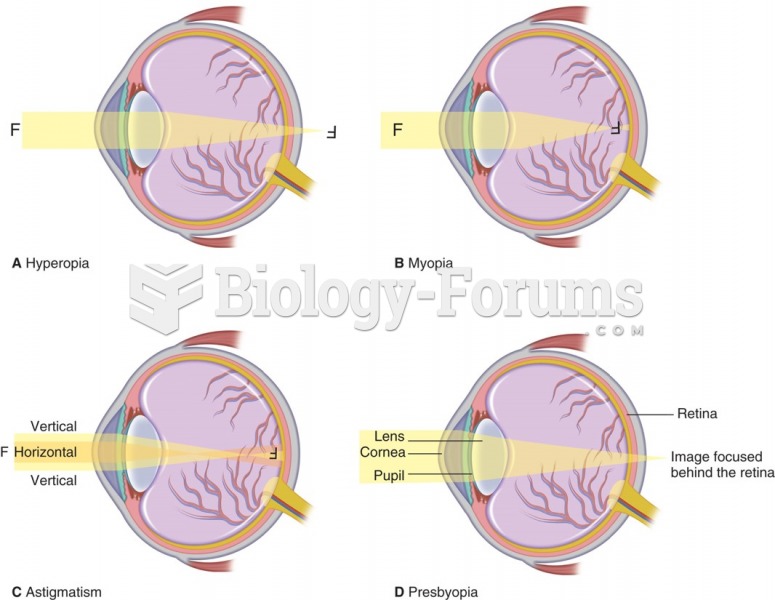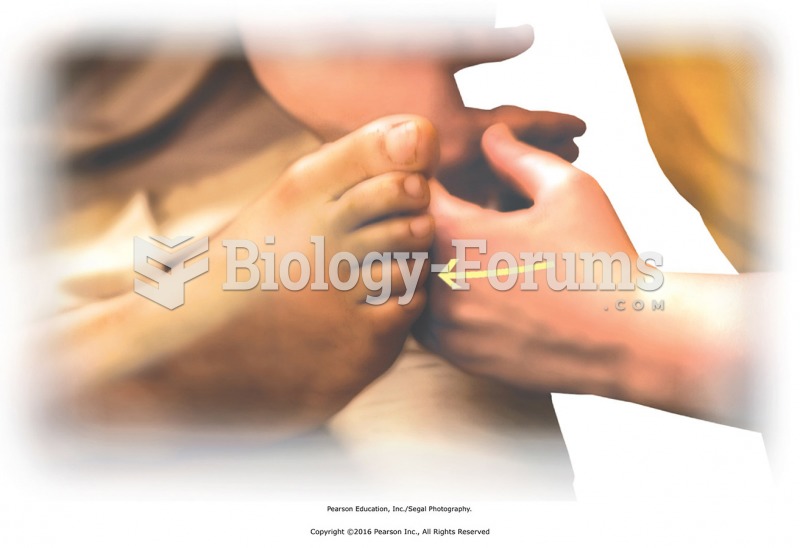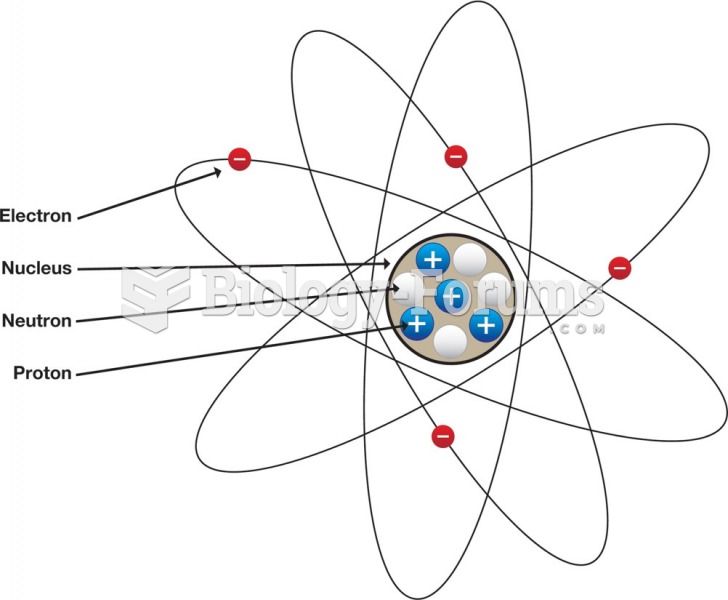This topic contains a solution. Click here to go to the answer
|
|
|
Did you know?
According to animal studies, the typical American diet is damaging to the liver and may result in allergies, low energy, digestive problems, and a lack of ability to detoxify harmful substances.
Did you know?
Throughout history, plants containing cardiac steroids have been used as heart drugs and as poisons (e.g., in arrows used in combat), emetics, and diuretics.
Did you know?
Alcohol acts as a diuretic. Eight ounces of water is needed to metabolize just 1 ounce of alcohol.
Did you know?
Blood is approximately twice as thick as water because of the cells and other components found in it.
Did you know?
Your chance of developing a kidney stone is 1 in 10. In recent years, approximately 3.7 million people in the United States were diagnosed with a kidney disease.
 An illustration of the helium atom, depicting the nucleus (pink) and the electron cloud distribution
An illustration of the helium atom, depicting the nucleus (pink) and the electron cloud distribution
 (A) In hyperopia, light rays focus behind the retina, making it difficult to focus on objects at ...
(A) In hyperopia, light rays focus behind the retina, making it difficult to focus on objects at ...
 Reed-Sternberg cells are large, abnormal lymphocytes that may contain more than one nucleus. These ...
Reed-Sternberg cells are large, abnormal lymphocytes that may contain more than one nucleus. These ...




